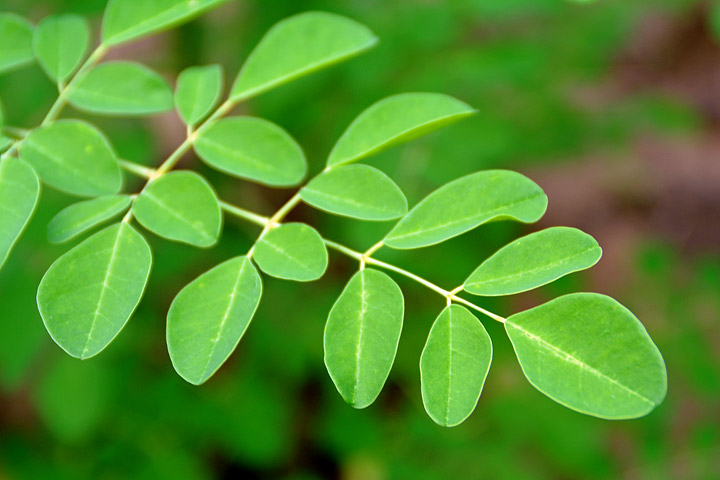
Moringa tree has been called the “Miracle Tree,” and for good reason. It has an incredible assortment of attributes in its favor. From cleaning water to fending off malnutrition, it’s a tree of many uses.
Fast-growing, easy to grow and containing complete proteins in its leaves, the Moringa tree is a must-have for Florida gardeners. The leaves are absolutely loaded with nutrients, brought up from deep down by the tree’s questing roots. The moringa tree has been named the “most nutritious on earth.” It’s also anti-bacterial and anti-fungal, as well as being a really fast producer of biomass. Its pods are often called “drumsticks” and feature prominently in some regions of South Asia, however, it’s hard to get them to set pods in regions with frost.
From seed, the Moringa will easily hit 10′ during its first year of growth. In the tropics the tree apparently reaches 60′, though the wood is very weak. Tall moringa tree aren’t really what you want. You want trees that are easy to harvest. To get that, simply cut the trunks at about 4′ and let them shoot up lots of tender new growth. The compound leaf stems are easy to break off so the tiny leaflets can be dropped into soups, sprinkled into salads or dried/frozen for future use.

The trouble with moringa tree, however, is that it’s a tropical all the way. It quits growing when the weather gets cool – and freezes to the ground during a frost. That means those of us in the central to northern part of the state won’t get 60′ trees that collapse onto our roofs during thunderstorms. Fortunately, the Moringa is hard to kill and in spring will generally come back from its roots.
To grow from seed:
Moringa seeds have no dormancy periods and can be planted as soon as they are mature.
In the ground:
It is best to plant the seeds directly where the moringa tree is intended to grow and not transplant the seedling. The young seedlings are fragile and often cannot survive transplanting. To plant seeds directly in the ground:
- Choose an area with light and sandy soil, not heavy with clay or water-logged.
- Dig holes 1 ft (30 cm) square and 1 ft deep. Back-fill the holes with loose soil. Compost or manure will help the tree grow better, even though Moringa trees can grow in poor soils.
- Plant 3 to 5 seeds in each hole, 2 in. (5 cm) apart. Plant the seeds no deeper than three times the width of the seed (approximately ½ in. or 1.5 cm — the size of one’s thumbnail).
- Keep the soil moist enough so that the top soil will not dry and choke the emerging saplings, but it should not be too wet or else the seeds can drown and rot.
- When the saplings are four to six inches tall, keep the healthiest sapling in the ground and remove the rest. Termites and nematodes can kill a young sapling. Take measures to protect saplings from these two dangers.
Note: If the soil is heavy, dig a larger hole of up to 3 ft (90 cm) in diameter and 3 ft deep, and backfill with 1 part sand and 2 parts original soil. Added compost or manure will help. Moringa seeds germinate 5 to 12 days after seeding. If the seed has not germinated after two weeks, it will not and must be replaced.
To grow from a cutting:
After the trees have stopped producing fruits each year, branches need to be cut off so that fresh growth may take place. These branches are excellent for growing new trees.
- Make a cutting at least 1″ (2.5cm) in diameter and at least six feet (1.8m) long.
- Dig a hole 3 ft. (1m) x 3 ft. (1m) and 3 ft. (1m) deep.
- Place cutting in this hole and fill with a mixture of soil, sand and composted manure. Pack firmly around base of the cutting. Form a slight dome or cone shape, sloping down away from the cutting. It is desirable that water not touch the stem of the new tree.
- Water generously, but do not drown the cutting in water.

In India, the custom is to put some cow dung on top of the open end of the cutting. This is an excellent way to protect the cutting from pests.
Transplanting
The ground where the trees are to be planted should be light and sandy, not heavy with clay or water-logged. Dig a hole 1 ft (30 cm) square and 1 ft deep. Backfill with loose soil. Adding compost or manure will help the trees grow better.
- Water the planting holes one day before transplanting the seedlings.
- Plant seedlings in the late afternoon to avoid the hot sun the first day.
- Make a hole in the pit to accept all soil in the bag. Carefully cut open the sack and place the seedling in the planting hole. Be careful to keep the soil around the seedling’s roots intact.
- Pack soil around the seedling base.
- Water only lightly for the first few days.
If the seedlings fall over, tie them to a stick for support. Protect young saplings from termites and nematodes.
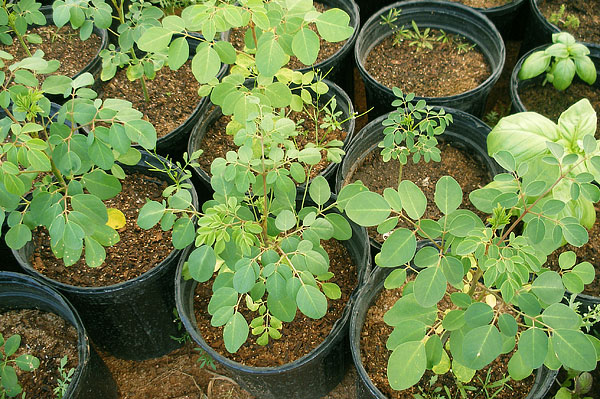
Use
Almost every part of the moringa tree has nutritional value. The pod is cooked as a vegetable in India and exported to many countries for Indian expatriates, fresh or canned. The root can be used as substitute for horseradish. Foliage is eaten as greens, boiled, fried, in soups or for seasoning. Dried leaf powder can be added to any kind of meal as a nutritional supplement. The seed can be roasted and eaten like a peanut.
The seeds can be used as a flocculent to clarify water and as a source of a non-drying and very stable oil, known as Ben oil. This oil, which was once used for lubricating watches and other delicate machinery, is clear, sweet and odourless, almost never going rancid. It is edible and it is becoming increasingly popular in the cosmetics industry.
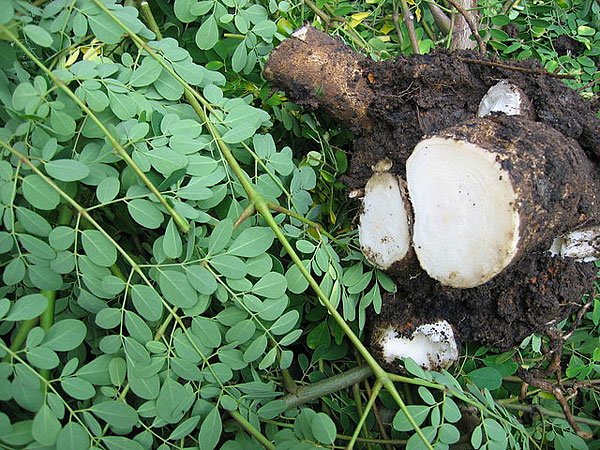
Leaves and young branches are used as fodder. Moringa may also be used in fish and poultry feeds. The bark yields a blue dye and can also be used in tanning. The wood can produce paper. A plant growth hormone can be extracted from young shoots, which when applied as a foliar spray, increases yields dramatically in almost any plant. Last but not least, almost every part of the plant has pharmacological properties.
If you want to read about amazing health benefits of Moringa, HERE you can find all info you need.

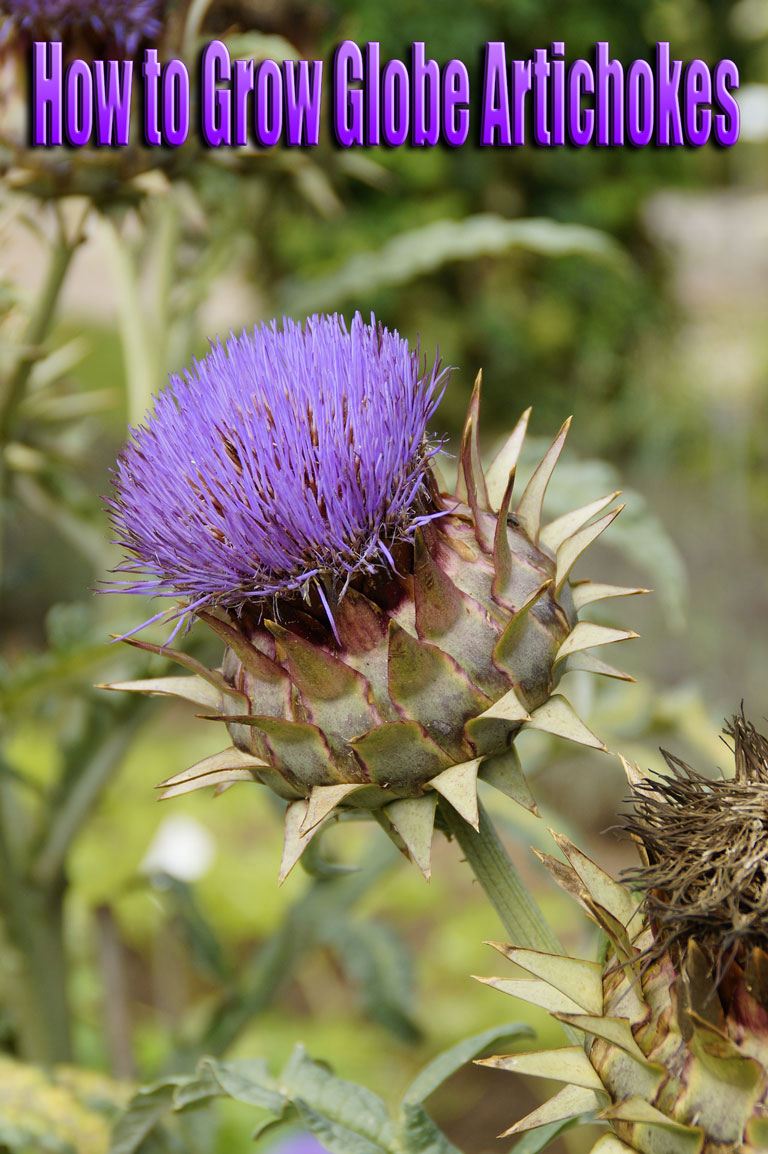

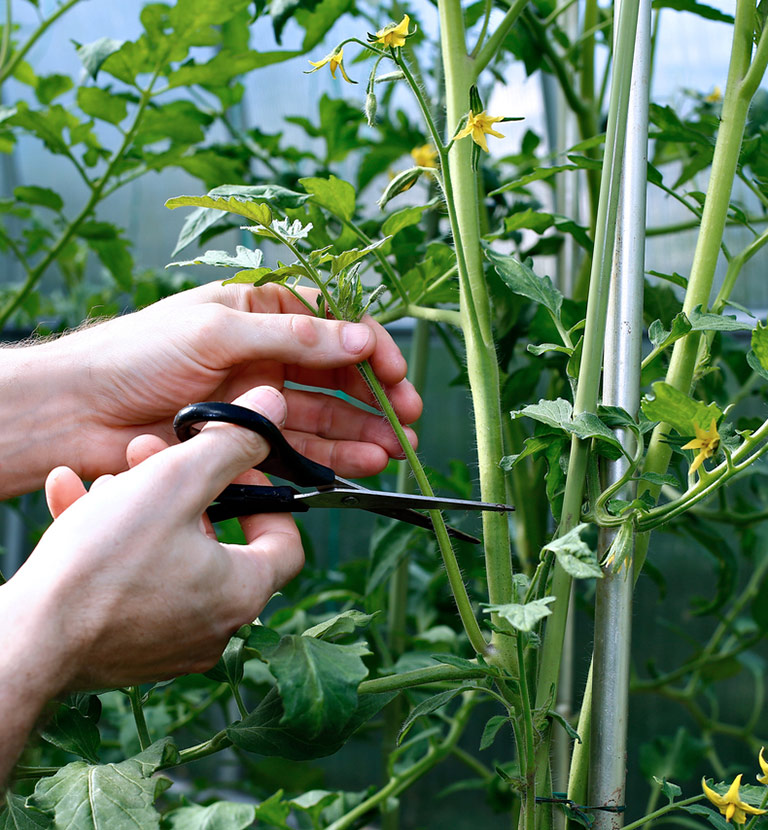
Leave a Reply